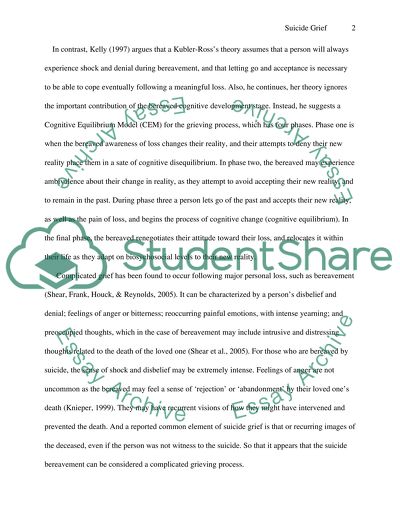Cite this document
(“Suicide Essay Example | Topics and Well Written Essays - 3000 words”, n.d.)
Suicide Essay Example | Topics and Well Written Essays - 3000 words. Retrieved from https://studentshare.org/psychology/1499690-suicide
Suicide Essay Example | Topics and Well Written Essays - 3000 words. Retrieved from https://studentshare.org/psychology/1499690-suicide
(Suicide Essay Example | Topics and Well Written Essays - 3000 Words)
Suicide Essay Example | Topics and Well Written Essays - 3000 Words. https://studentshare.org/psychology/1499690-suicide.
Suicide Essay Example | Topics and Well Written Essays - 3000 Words. https://studentshare.org/psychology/1499690-suicide.
“Suicide Essay Example | Topics and Well Written Essays - 3000 Words”, n.d. https://studentshare.org/psychology/1499690-suicide.


